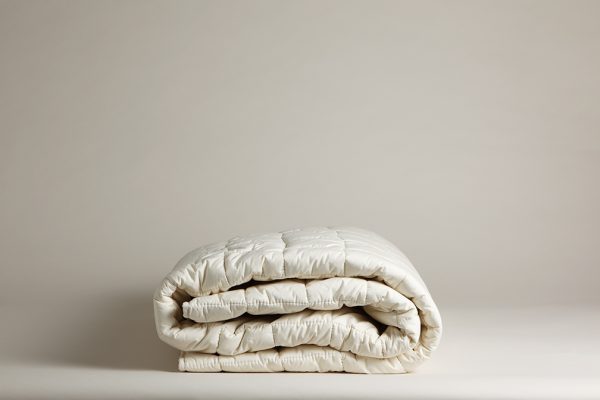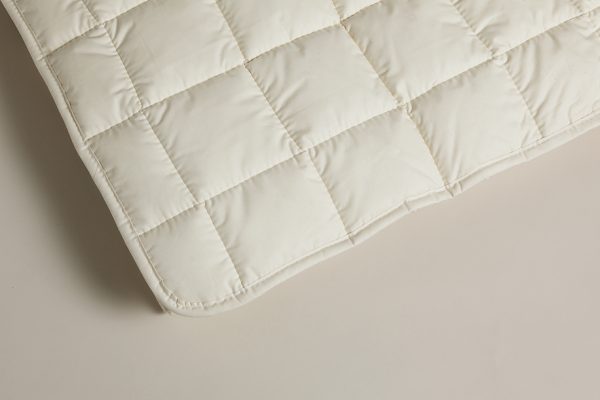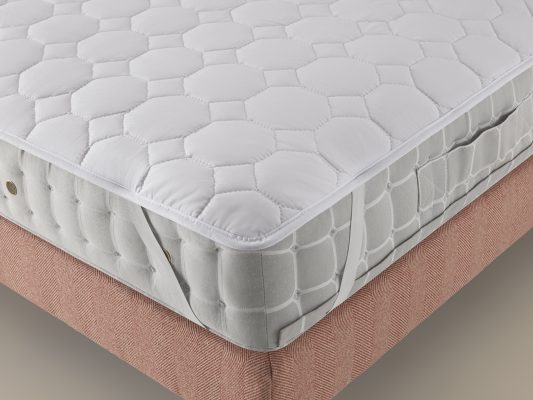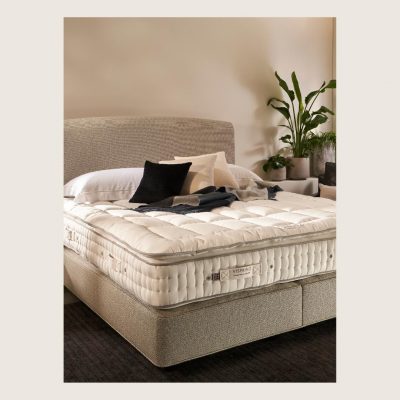1. Can I machine wash my mattress protector?
Yes, many mattress protectors are machine washable. However, always check the care instructions provided by the manufacturer to ensure you are following the recommended cleaning method.
2. Can I use bleach on my mattress protector?
It is generally advisable to avoid using bleach on your mattress protector, as it can damage the fabric and compromise its protective properties. Opt for a mild detergent instead.
3. How often should I replace my mattress protector?
The lifespan of a mattress protector can vary depending on its quality, usage, and maintenance. On average, it is recommended to replace your mattress protector every 2-5 years or as needed if it shows signs of significant wear or damage.
4. Can I tumble dry my mattress protector?
While some mattress protectors may be suitable for tumble drying, it’s important to refer to the care instructions provided by the manufacturer. Excessive heat can cause shrinkage or damage, so use a low heat setting if allowed.
5. Do I need to clean my mattress protector if I use a bedsheet?
Yes, even if you use a bedsheet, it’s essential to clean your mattress protector regularly. Bedsheets may not provide a sufficient barrier against sweat, oils, or spills, allowing them to reach the mattress protector.
6. Can I iron my mattress protector?
It is generally not recommended to iron your mattress protector, as high heat can damage the fabric. Instead, opt for air drying or low-temperature tumble drying to remove wrinkles.






